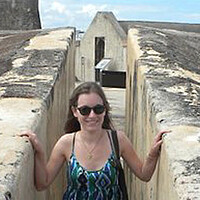Seven people have been formally charged in connection with the case. Five have been arrested, and two remained at large in Costa Rica at press time. Among them is Liberty Reserve founder Arthur Budovsky, who was arrested in Spain. They are charged with conspiracy to commit money-laundering, conspiracy to operate an unlicensed money-transmitting business, and operating an unlicensed money-transmitting business. The money laundering charge can mean up to 20 years in prison. The money-transmitting charges carry up to five years in prison apiece. Additionally, law enforcement officials have frozen or restricted activity on 45 Liberty Reserve accounts. All told, Liberty Reserve served millions of customers globally, including 200,000 in the United States.

Enrique Martinez/AP/File
A car drives past the Forum Business Center where two of the businesses linked to Liberty Reserve: Cyberfuel.com and Silverhand Solutions and Technology. The firms are located near Pozos de Santa Ana, northwest of San Jose, Costa Rica.





